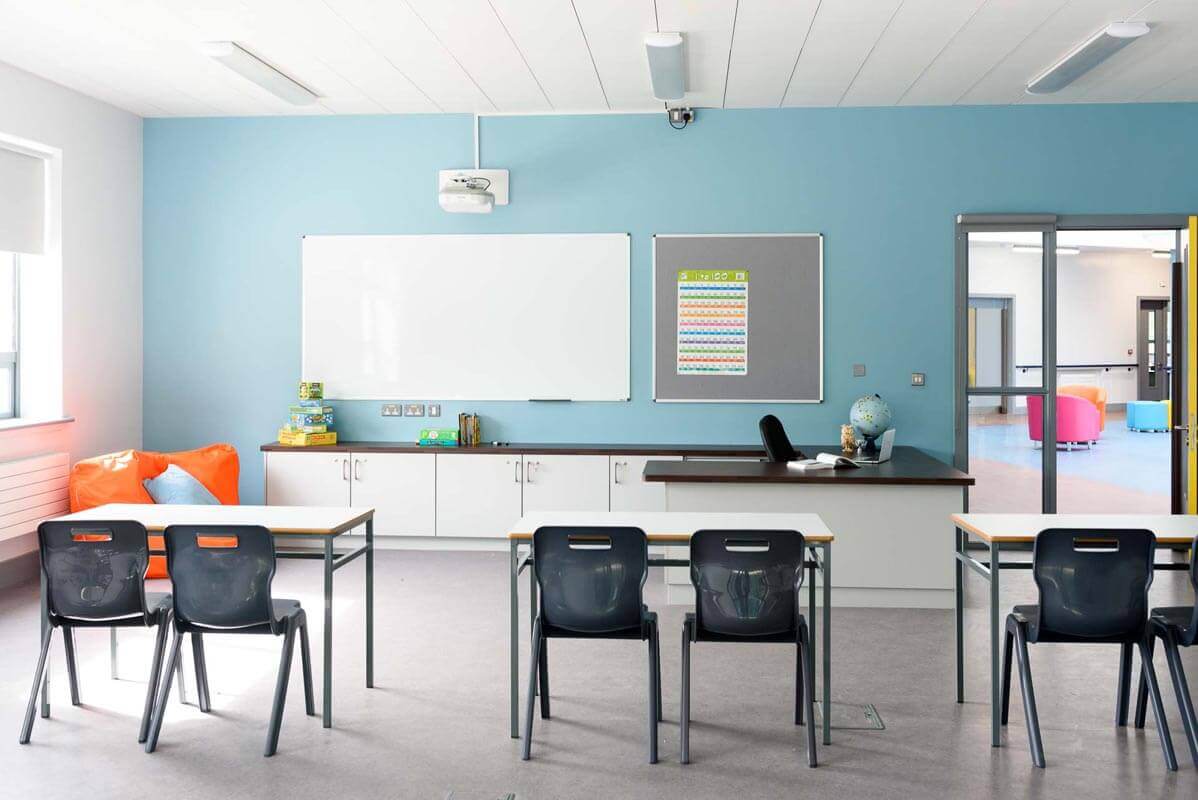

A distinctive visual will help differentiate your class from others and prevent confusion. In the lower right corner of the header, click Select Theme or Upload Photo. Second, take the time to personalize the class’s header image. First, if you’re teaching multiple courses, keep them organized by naming all of them in a similar formatting, including the school year, subject and period, in the same order. Creating a Google Classroom classĬreating a class in Google Classroom is as simple as clicking a button and filling in a few fields, but there are some best practices you’ll want to keep in mind. K-12 schools, higher education institutions and homeschool cooperatives are all eligible for G Suite for Education, but must verify their not-for-profit status and demonstrate that they’re accredited and recognized by the government. G Suite for Education is also offered free of charge to qualified schools and homeschools.

And because Google Classroom is cloud-based, it’s accessible from any device with an internet connection. Teachers can use the platform to post assignments, share announcements, ask questions, conduct online assessments, gather essays and grade papers. On its own, Google Classroom offers students a dynamic online learning environment. Google Classroom can be used on its own or as part of G Suite for Education, a wider set of cloud-based tools that includes apps for videoconferencing, word processing and collaboration. In 2020, the free platform’s active user count doubled to more than 100 million students and educators around the world. Google Classroom was already a widespread digital learning tool before 2020, but the pandemic made it even more popular.


 0 kommentar(er)
0 kommentar(er)
